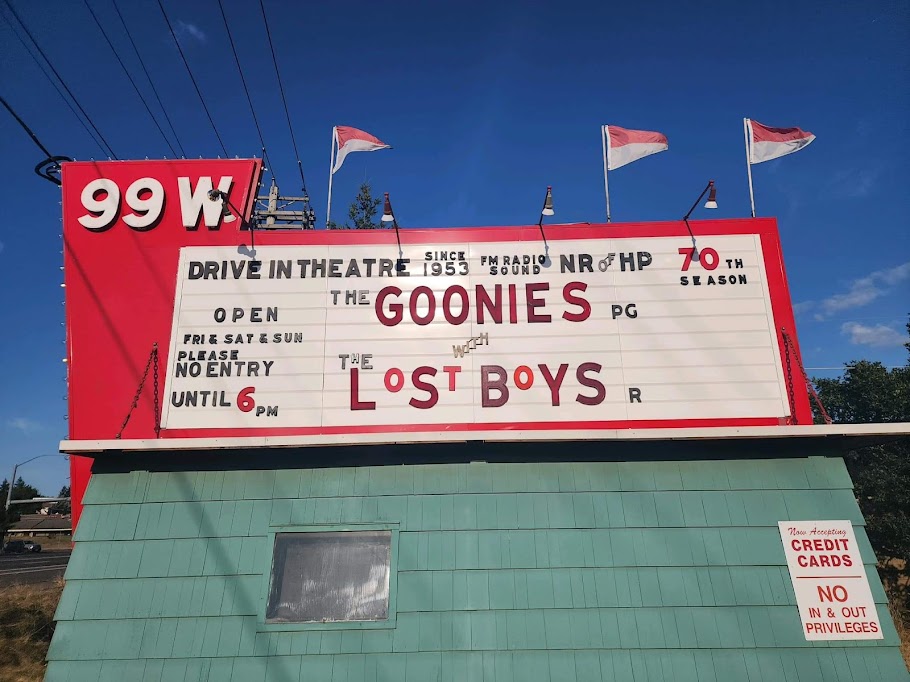Garland and Kelly had made a previous film together in 1942 called ME AND MY GAL so THE PIRATE was their second pairing together. Although Garland gets top billing in the film, it is really Gene Kelly who is the rising star in this film while Garland's luster begins to fade due to her personal issues. Besides two fantastic stars, the film is directed by Vincent Minnelli (Judy Garland's husband at the time) who had directed her in MEET ME IN ST. LOUIS (1944) and the film's songs are by the legendary Cole Porter.

THE PIRATE, based on a play by S.H. Behrman and adapted by screenwriters Albert Hackett and Frances Goodrich is set on an unnamed Caribbean island (the beautiful MGM back lot) where a young sheltered woman Manuela (Judy Garland) reads and day dreams about the legendary pirate Macoco. In reality, her Aunt Inez (Gladys Cooper) has arranged a marriage for Manuela with the town's rotund mayor, Don Pedro Vargas (Walter Slezak). During a trip to Port Sebastian to see the ocean , Manuela and Aunt Inez come across a musical troupe led by the talented and charming troubadour Serafin (Gene Kelly). As he gives a performance in the town square, Serafin hypnotizes Manuela into singing a song for the crowd and convinces her that he is Macoco, the Black Pirate.
Manuela returns to her village to wed Don Pedro. Serafin and his traveling show follow. Serafin continues to impersonate the notorious pirate, causing grief for her fiance Don Pedro who suspects Serafin is not who he says he is. Thus begins a series of comic scenes and musical interludes as Serafin/Macoco woos Manuela while insulting Don Pedro. Soon, the Viceroy (George Zucco) comes to town with his army and captures Macoco/Serafin with the intention to hang him. But with the help of his talented group of performers and acrobats, Serafin escapes the noose and wins the heart of Manuela.
Kelly is wonderful as the roguish Serafin. His comic timing is impeccable and his dancing prowess is showcased in two bravura dance numbers. The first is a fantasy dream sequence in which Manuela imagines Serafin as Rococo, fighting off soldiers and hoarding a chest of jewels. Director Minnelli shoots the scene against a blood red sunset backdrop and with lots of fire pyrotechnics. Kelly's choreography showcases his athleticism. It's also the only true pirate moment in the film.
The second dance number near the end of THE PIRATE is more comic and Kelly shares the stage with the Nicholas Brothers (members of his troupe) in a dance performance worthy of Cirque du Soleil.
 Judy Garland is the star of THE PIRATE but that star quality is beginning to fade. According to Robert Osborne on TCM's (Turner Classic Movies) introduction to the film, Garland's physical and mental health took a toll on the production. What was to be two months of filming stretched to six months. Garland's performance suffers as she's a bit uneven from scene to scene. Her close-ups sometimes seem disjointed as if shot later and you get the feeling Minnelli is covering for her absence in other scenes.
Judy Garland is the star of THE PIRATE but that star quality is beginning to fade. According to Robert Osborne on TCM's (Turner Classic Movies) introduction to the film, Garland's physical and mental health took a toll on the production. What was to be two months of filming stretched to six months. Garland's performance suffers as she's a bit uneven from scene to scene. Her close-ups sometimes seem disjointed as if shot later and you get the feeling Minnelli is covering for her absence in other scenes.But despite her personal problems, Garland has great chemistry with Kelly in THE PIRATE. The scene where Manuela discovers Serafin is not the flamboyant buccaneer and nearly destroys a room to get at him is well-staged and hilarious. She still has one of the greatest voices in film (only Barbara Streisand and Julie Andrews come close) and demonstrates it on "You Can Do No Wrong." Kelly is no slouch in the singing department as he sings and dances himself away from the gallows with "Be A Clown."
Director Minnelli also gets a lot of credit for THE PIRATE'S success with his visual style, great use of color, and superb staging of both musical numbers and comedic scenes. The film has many humorous moments and comic jabs about actors as well as some nice twists and surprises that I didn't expect.
Gene Kelly would continue his string of successful musicals with AN AMERICAN IN PARIS (1951) and SINGING IN THE RAIN (1952) while Judy Garland would make EASTER PARADE (also 1948) and A STAR IS BORN (1954) before moving into television. THE PIRATE is a great opportunity to see these two musical talents at a crossroads in their careers. Gene Kelly on the way up and Judy Garland's star starting to fade.



